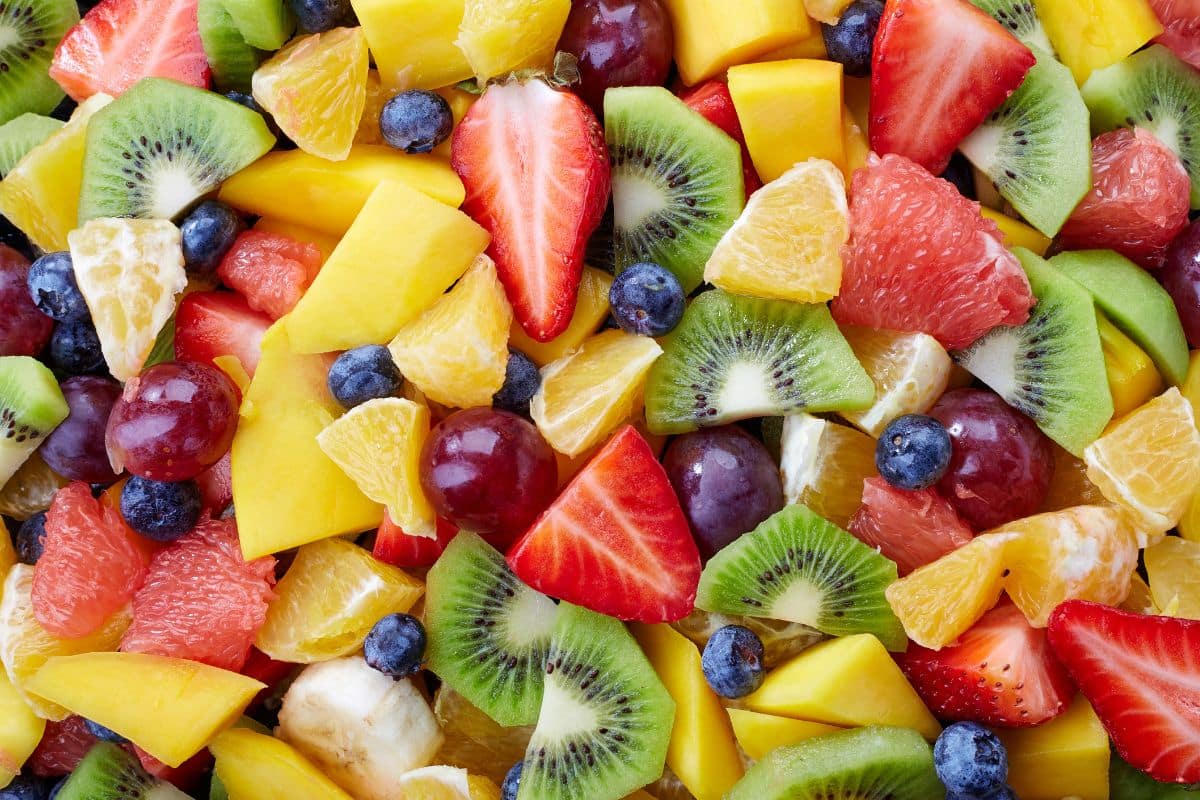The Environmental Working Group (EWG) has just released its annual pesticide report for 2025, revealing that strawberries remain at the top of the list for pesticide contamination. This eye-opening report provides crucial information for consumers concerned about chemical exposure in their daily diet. With summer approaching and fresh produce filling market shelves, understanding which fruits carry the highest pesticide loads becomes increasingly important for making informed food choices.
Strawberries lead 2025’s most contaminated fruit rankings
The latest EWG report confirms that strawberries continue to hold the unfortunate distinction as the most pesticide-contaminated fruit available to consumers. These bright red berries, despite their appealing appearance and nutritional benefits, harbor a concerning chemical cocktail. The average American consumes approximately 3.5 kg of strawberries yearly, unknowingly ingesting multiple pesticide residues with each bite.
What makes this finding particularly alarming is that many of these chemical compounds are already banned in European countries due to their potential health risks. European regulatory frameworks have recognized the dangers these substances pose, yet they remain in use elsewhere, including in American agriculture.
For health-conscious consumers seeking alternatives, organic wild blueberries are actually worth the hype as they typically contain significantly fewer pesticide residues while offering exceptional nutritional benefits. These natural alternatives provide a safer option for those concerned about chemical exposure.
The French organization Générations Futures has similarly identified domestic strawberries as among the least healthy fruits regarding pesticide content. This global pattern suggests that conventional strawberry cultivation relies heavily on chemical interventions regardless of geography.
Beyond strawberries : other highly contaminated fruits
While strawberries top the contamination charts, several other popular fruits contain concerning levels of pesticide residues according to the 2025 report. Cherries consistently rank near the top of the most contaminated list, followed closely by grapes. Citrus fruits including limes, clementines, and mandarines also show troubling levels of chemical residues.
These fruits commonly absorb multiple compounds used in conventional farming practices aimed at maximizing yields and preventing crop losses. The intensive application of these chemicals throughout growing cycles results in residues that persist through harvest, processing, and ultimately to our plates.
The health implications of these chemical exposures remain a significant concern. Many commonly used pesticides are identified as :
- Probable carcinogens linked to cancer development
- Suspected endocrine disruptors affecting hormone function
- Neurotoxins impacting brain development and function
- Reproductive toxicants potentially affecting fertility
For those seeking cleaner alternatives, guide to organic apple picking provides valuable information on accessing fruits grown with minimal chemical interventions. Understanding how to identify truly organic produce empowers consumers to make healthier choices.
Even apartment dwellers can explore growing options like container gardening for organic sprouts which provide nutrient-dense, pesticide-free additions to meals. These simple growing solutions offer accessible alternatives to contaminated store-bought produce.
Understanding regulatory differences in pesticide control
One striking aspect of the 2025 pesticide report involves the significant regulatory disparities between countries. While European regulations prohibit many hazardous agricultural chemicals, other nations continue permitting their widespread use. This regulatory inconsistency creates a complex global food marketplace where imported produce may contain substances banned in the destination country.
The agro-industry’s continued advocacy for deregulation and the reintroduction of previously banned pesticides presents an ongoing challenge. Economic pressures often prioritize production efficiency and profit margins over potential health impacts on farmers, agricultural workers, and consumers.
Understanding certification standards becomes crucial in navigating these regulatory differences. The difference between USDA Organic and Non-GMO Verified seal helps consumers interpret product labeling and make informed choices about their produce purchases.
For those interested in avoiding chemical exposure entirely, learning about alternative growing methods provides valuable knowledge. Even consumers with limited space can explore options like growing nutrient-dense organic kale varieties which offer exceptional nutritional benefits without pesticide concerns.
Practical strategies to reduce pesticide exposure
Given the 2025 report’s findings, implementing practical strategies to minimize pesticide exposure becomes increasingly important. Informed purchasing decisions represent our strongest defense against unwanted chemical consumption. Buying from local farmers who practice organic or low-intervention growing methods supports both community agriculture and personal health objectives.
Short supply chains generally ensure fresher produce with fewer chemical treatments required for long-distance transportation and extended shelf life. Developing relationships with local producers also provides opportunities to learn directly about their growing practices.
Mass consumption patterns have pushed standardized agricultural products that appear economically advantageous but often extract a higher price through their impact on our health. Taking time to research food origins and production methods enables more beneficial choices for ourselves and our families.
For those with limited access to organic options, practical approaches to reducing exposure include :
- Thoroughly washing all produce before consumption
- Peeling fruits when appropriate to remove surface residues
- Growing quick-harvest vegetables in home gardens when possible
- Prioritizing organic versions of the most contaminated fruits
- Using specialized produce washes designed to remove residues
The 2025 pesticide report serves as a crucial reminder that food consumption has become increasingly complex in our modern agricultural system. By staying informed about contamination risks and implementing thoughtful strategies to minimize exposure, consumers can continue enjoying nutritious fruits while reducing their chemical burden.

